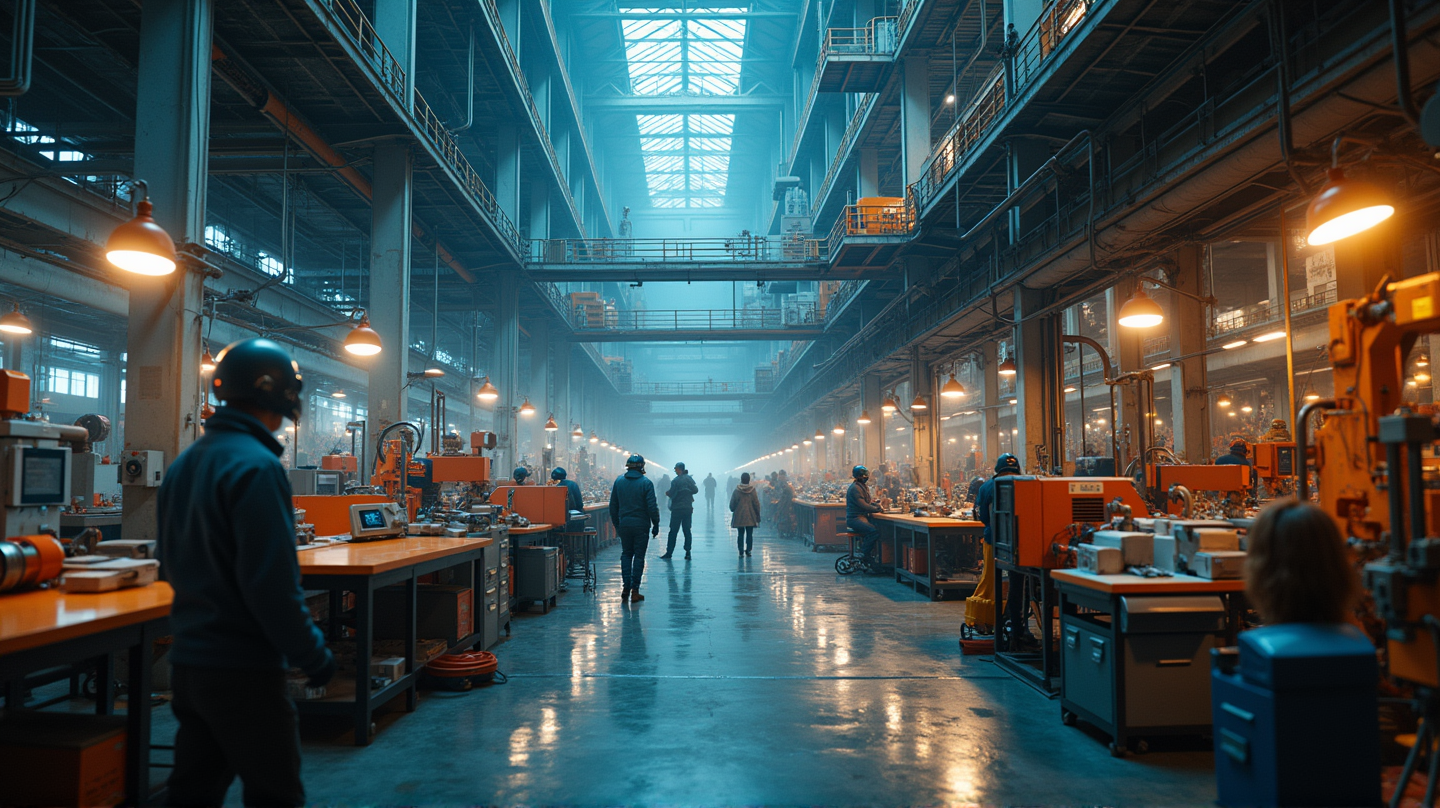The Changing Landscape for Businesses
The past year has reshaped how businesses worldwide perceive the challenges and needs of modern industry. As companies juggle geopolitical tensions, tariff disputes, and rampant economic volatility, the necessity for agility and adaptation becomes evident. According to International Federation of Robotics, companies are now shifting gears to embrace the agility that collaborative robots, or cobots, represent.
Democratizing Automation with Cobots
Small and medium-sized enterprises (SMEs) now find cobots an accessible entry point into automation. Their user-friendly design allows these robots to be integrated into existing setups with minimal disruptions. SMEs that have adopted cobots witness immediate improvements in efficiency and foresee continued benefits in flexibility and resource utilization.
A Tidal Wave of Industry Transformation
No longer confined to the typical sectors like automotive and electronics, collaborative robots are making waves across new industries such as retail, pharmaceuticals, and food. The adaptability of cobots suits high-demand environments where customer expectations are high—right from hospitals preparing meals to bakeries crafting fresh products overnight.
AI: The Invisible Force Behind Automation
Artificial intelligence (AI) drives these advancements further. Its role in refining integration, reducing complexity in programming, and equipping robots with evolving capabilities is vital. Coupled with digital twin technologies, AI doesn’t just remain an optional tool—it becomes an essential catalyst for broader adoption of robotics.
Collaborative Ecosystems: The Way Forward
In pursuit of overcoming inherent multi-layered challenges, companies are forming collaborative ecosystems. Moving away from proprietary systems, robotics companies are now venturing into open-source platforms. This openness fosters partnerships, combining diverse expertise from hardware providers, software developers, and startups, creating holistic automation solutions to meet real-world demands.
Training and Education: Building the Future Workforce
The transformational journey doesn’t end at technological integration. The human factor remains pivotal. Many companies are investing in training initiatives aligned with educational institutes to cultivate the skills required by the future workforce. By doing so, they nurture an ecosystem where both technology and talent grow together.
Conclusion
As industries forge ahead into 2024, the fusion of collaborative robotics, AI enhancements, and strategic partnerships marks a new chapter in automation. Businesses that harness these elements will find themselves steering toward a future where resilience is built on interconnectivity and innovation. This path not only encompasses breakthroughs in technology but symbolizes the unified effort of bridging human and robotic endeavors for an inspiring tomorrow.
